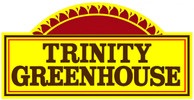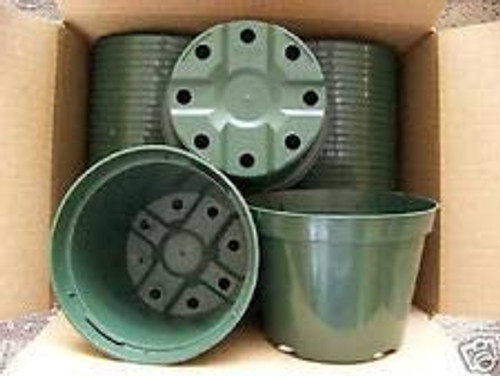Product Overview
The balsam fir is a native evergreen well-adapted to the cold climates of the northern United States and Canada. Its symmetrical spire-like crown, shining dark green color, and spicy fragrance have made it a favorite Christmas tree for hundreds of years. The branches are also popular in holiday wreaths and other greenery.
In the landscape, this fir is used as a specimen as well as part of a screen or windbreak.
Hardiness Zones
The balsam fir can be expected to grow in Hardiness Zones 3–5. View Map
Tree Type
This is an evergreen tree, keeping its foliage year-round.
Mature Size
The balsam fir grows to a height of 45–75' and a spread of 20–25' at maturity.
Growth Speed SlowGrowth Rate
This tree grows at a slow rate, with height increases of less than 12" per year.
Sun Preference
Full sun and partial shade are best for this tree, meaning it prefers a minimum of four hours of direct, unfiltered sunlight each day.
Soil Preference
The balsam fir prefers moist, cool, well-drained, acidic soil but will tolerate some salt.
Attributes
This tree:
Is a popular Christmas tree choice.
Features lustrous dark green needles ⅝–1" in length with 2 white or gray stomatic bands on the underside. The tips are blunt, rounded or notched.
Yields cones 2–4" in length that start out dark purple, turning gray-brown and resinous at maturity. Once the seeds are ripe, the scales fall off, leaving only the central axis of the cone. Seed crops occur at 2–4 year intervals.
Has a narrow, symmetrical, spire-shaped, dense crown.
Develops blisters of oily resin (balsam) along the trunk.
Grows in a pyramidal shape.
Does best in colder climates.








